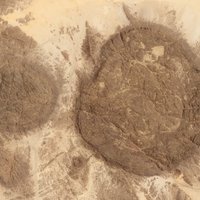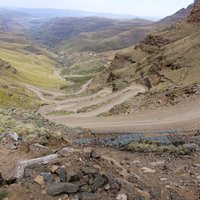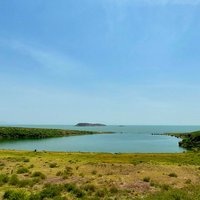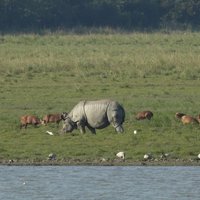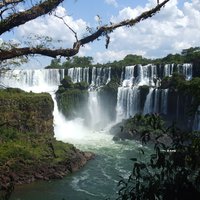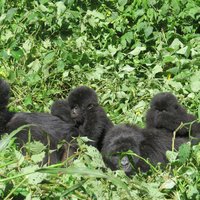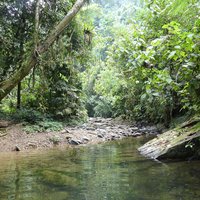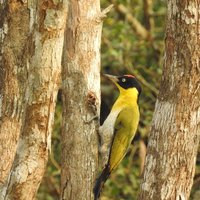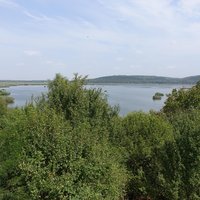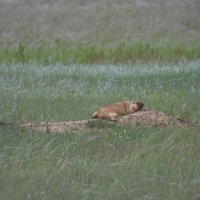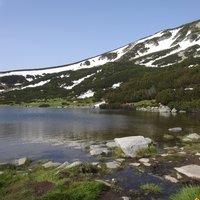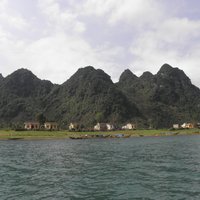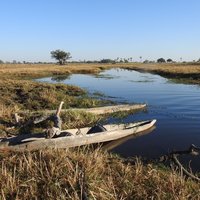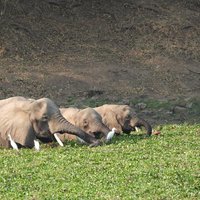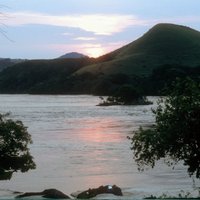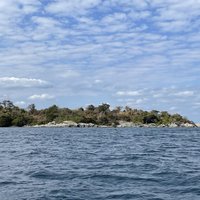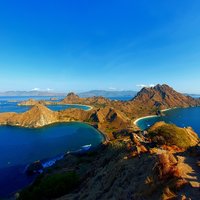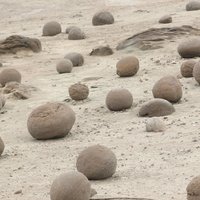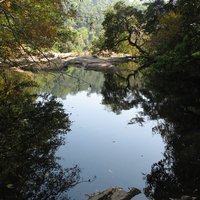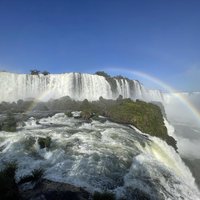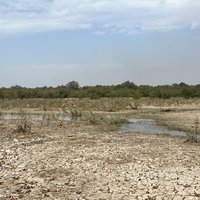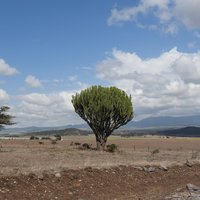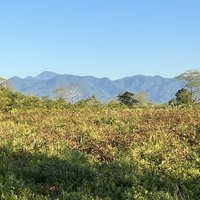Connected Sites
-
poaching continues to be of concern
-
There are reports of large scale commercial hunting of elephants, buffalos and various antelopes. Again the extent of the reserve is such that it is unlikely that hunting could pose a significant threat to wildlife populations. The notable exception is elephant hunting which needs to be brought under control.
-
The most noticeable problem is poaching of gazelles and ostriches within the reserve by military personnel (AB ev) / Poaching continues to strongly affect the site due to insufficient or lack of control linked to the large area of the property. Illegal hunting has decimated African ostrich populations in Africa North, addax and dama gazelle during the last years but it now threatens other mammals. Dorcas gazelles, Barbary sheep and Nubian and Arabian bustards are the species currently affected by poaching. (IUCN)
-
"Large areas of the unique afro-alpine habitat in the region, which are the main stronghold for the Ethiopian wolf, remain outside the boundaries of the Park and some efforts are underway to protect them by modifying the boundaries of the Park and to reduce poaching on the ibex." (Decision 25 BUR V.29-33)
-
poaching also threatens the integrity of the site
-
consistent concerns about poaching
-
for bush meat and trophies (zebra)
-
Poaching of rhinos both within and adjacent to the World Heritage site is of major concern and a significant threat to Kaziranga National Park. Poaching of rhinos for its horn by heavily armed hunters is still profitable.
-
Excessive commercial poaching for bush meat and/or trophies may well constitute the single most important threat to TNS. Poaching for ivory remains a strong concern despite successful anti-poaching efforts, including across international boundaries.
See whc.unesco.org
-
Poaching for ivory and bushmeat commerce (involving the majority of vertebrate species) has been very intense in past years
-
Forest elephants are under intense pressure from ivory poachers. Many players are involved including uncontrolled elements of the Congolese army (FARDC) and armed militia. Hunting for the commercial bushmeat trade is also intense, and has increased significantly since the rehabilitation of the national road RN4 was completed in 2008
-
Bushmeat commerce, involving almost all vertebrate species, is very intense and thus affects the biodiversity values of the park. Forest elephants are under intense pressure from ivory poachers with probably only few individuals left in high altitude. Gorillas were heavily poached during the wars (mainly for bushmeat) and probably continue to be hunted in the low altitude sector.
-
Hunting for commercial and recreational purposes is an important threat. Hunting of predatory species (eagles, vipers and carnivores) is also lead by locals´ fears, traditions and to avoid threats to farm animals. Insects trapping (arthropods and butterflies) is carried out for sale.
-
Poaching (hunting and fishing) is present in the property – over the recent years it seems to stabilize a little, although with regional insecurity, there is reason to fear a recovery
-
Elephant, hippopotamus, buffalo and other plains ungulates are seriously threatened by commercial poaching in the plains to supply bushmeat markets in neighbouring cities and towns. Commercial poaching of forest species elsewhere in the park threatens the survival of endangered and/or endemic species (e.g. chimpanzee, l’Hoest’s monkey, okapi, and Ruwenzori duiker). Poaching of mountain gorillas in the Southern Sector is an ever present threat although there have been no new cases of direct killing of mountain gorillas since the killing of 10 individuals in 2007.
-
"A combination of economic and social issues, combined with improved accessibility has intensified poaching of wildlife, in particular of elephants, tigers and rhinoceroses"
See whc.unesco.org
-
Poaching remains one of the biggest threats, commercial trade for tiger, plus low-level substinence hunting
-
Civil society organizations have warned about increased pressures from ... increased poaching. Although these claims could not be validated, the proximity of these activities to the property does represent an imminent threat (Panama)
-
Birds and fish
-
Commercial poaching for ivory and rhino horn has been strongly affecting target species in several waves
See whc.unesco.org
-
..critically endangered Saiga antelope, formerly an abundant species much reduced by poaching; Poaching and legal hunting remain a high threat
-
predator birds like golden eagle, brown bears, wild boar, roe deer, chamois
-
serious in the buffer zone and in the park areas close to villages
-
hunting of giraffe for meat
-
numerous threats, poaching in particular (notably of rhinoceros, elephant and giraffe)
-
rhino since inscription eradicated due to poaching; poaching remains a problem for rhino re-introduction as well as for other species such as elephant
-
Control and regulation of commercial poaching is of priority, low threat, elephants for ivory, buffalo, duikers, bush pigs
-
Illegal hunting of the Tarbagan Marmot on the Mongolian side
-
Fish poaching
-
Illegal fishing and poaching remain the main threats
-
Poaching of wildlife occurs within and near the site targeting guanacos, maras and Geoffroy's Cat. Illegal extraction of Chaco tortoise has also been recorded.
-
Illegal commercial hunting over the past 45 years has resulted in significant declines of all wildlife populations in the site. At least 2,000 elephants were killed illegally between 2007 and 2012
See whc.unesco.org
-
Although park staff report a drop in illegal hunting and poaching activities as a result of increased patrolling activities, this remains an issue
-
Poaching is still one of the main threats to the values of the site. Some studies estimate the loss of kob and elephant populations at least at about 75-80%, while populations of buffaloes, hartebeest, antelopes, buffalo cobes, hippos and olive baboons have decreased by at least 40 to 50%
-
concerns about poaching, Illegal hunting is of some concern, however, its impact on the population of target species appears low
-
Illegal hunting appears to have particularly serious impacts on the population of jaguar, as poachers often target its prey species. Paca and agouti, medium size rodents, are among the most frequently hunted species within the Park.
-
considerable poaching of elephants.
-
Subsistence hunting is carried out in the forested lower slopes, and to a lesser extent at higher elevations where its impact is limited due to the extremely rugged terrain and difficulty of capturing prey species. The few remaining critically endangered mountain bongo antelopes are at high risk to subsistence hunting. The African elephant remain also at high risk due to ivory poaching.
-
no rhino poaching since 2017 due to harsh measures but tiger poaching and sambar hunting exists
See en.wikipedia.org
-
the fauna has been the subject of very intense poaching.


